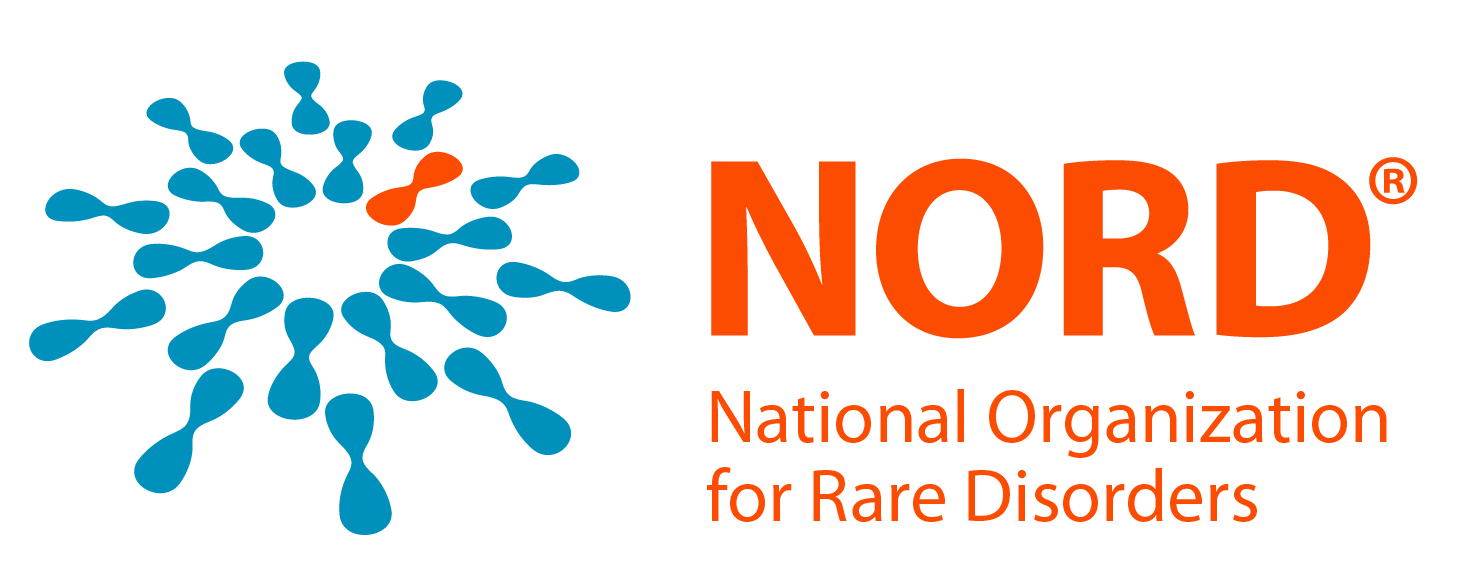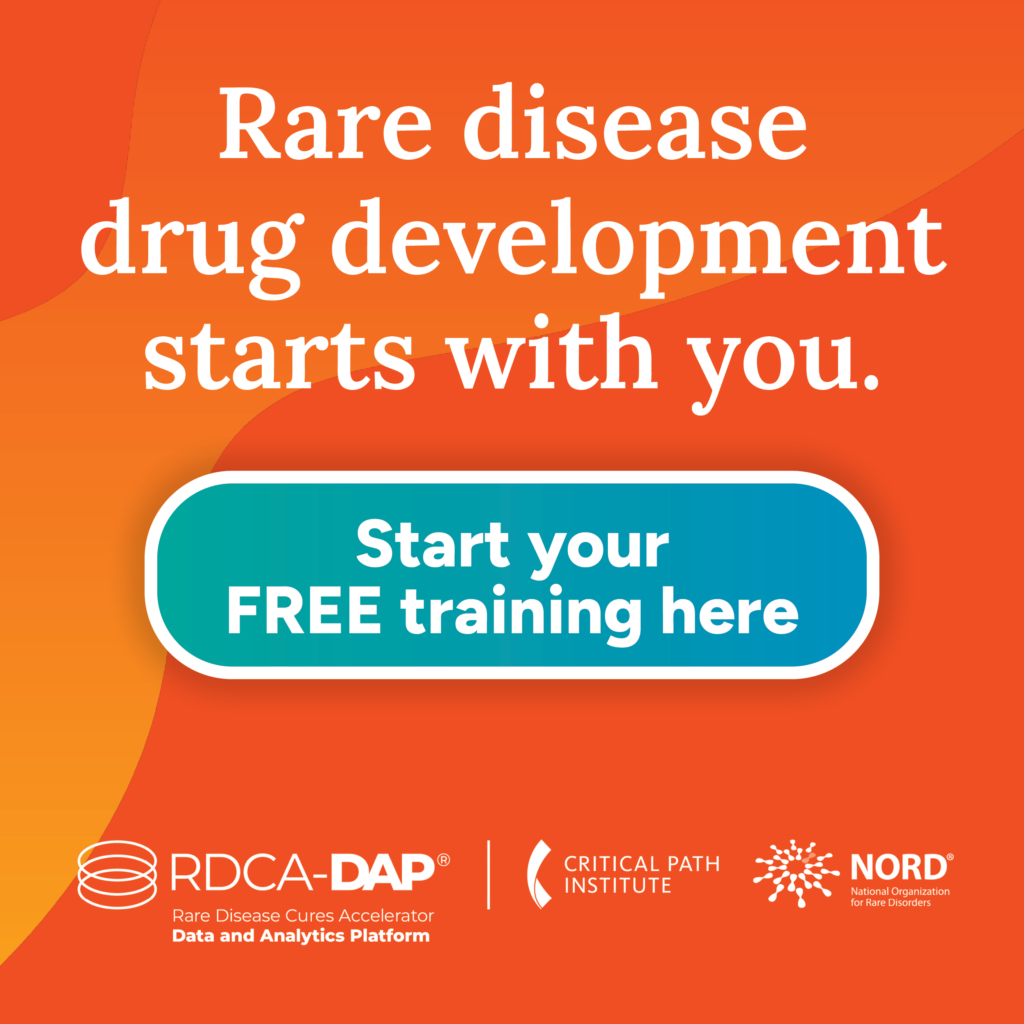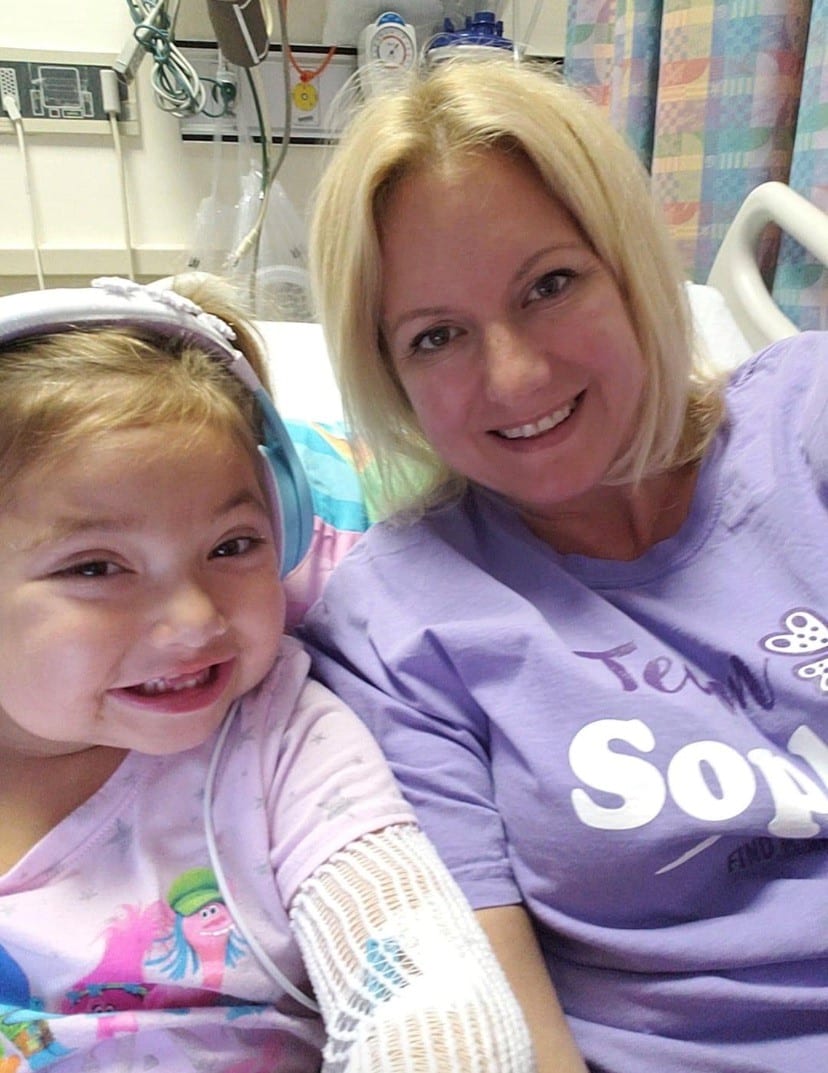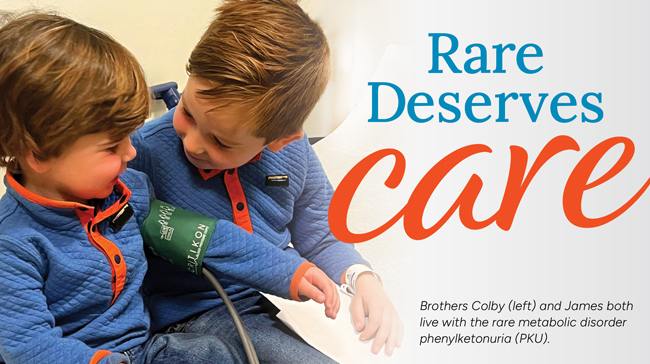By Jessica F.
This story is about Sophie, my now 10-year-old daughter who is impacted by limb girdle muscular dystrophy type 2A/R1, previously misdiagnosed and treated for necrotizing myositis. Sophie’s medical odyssey began at age 5 after getting very ill with what we were told was pneumonia. We lived in New Jersey at the time, and our journey to hospitals and universities around the country began.
When Sophie’s pediatrician finally agreed to lab work, after telling me to “relax, it’s just a virus,” everyone was shocked. Her ALT and AST liver enzymes were off the charts, over 300. I was sent to infectious disease, then gastroenterology who ordered a liver biopsy after 3 more weeks of high levels found in multiple rounds of bloodwork. At the preop visit, a doctor ran her CK (muscle enzymes) which were extremely elevated – over 10,000 – which can falsely indicate a liver problem, and canceled the surgery. We were sent to cardiology and told she may have cystic fibrosis, so to see a pulmonologist also. She had neither.
We were then told to try a rheumatologist. We saw a wonderful, caring doctor who became my ally in our quest for an answer as Sophie’s health continued to decline. An MRI revealed what was thought to be dermatomyositis, later changed to necrotizing myositis. She was immediately admitted to New York Presbyterian Hospital in NYC, where she received high-dose corticosteroids and IVIG treatment every 26 days, inpatient.
The treatments took a toll on her. Sophie’s whole personality changed. She developed Cushing syndrome and had bouts of very low blood pressure requiring emergency intervention and pauses to treatment. Her numbers would improve, then get worse. I had a feeling we were dealing with something else. I listened to my gut and pushed for answers. Muscle biopsies were inconclusive, neurologists all said it wasn’t of neurological origin. We went to CHOP, Cornell, NYU, Hospital for Special Surgery, Hackensack Children’s Hospital, and Morristown Children’s Hospital but no one could tell us what exactly it was. I finally got the doctors to agree to genetic testing. Results took months, and in the meantime were spinal taps, CT scans, MRIs, X-rays, endoscopy, colonoscopy… they poked and prodded my baby and kept upping her meds.
I found Wisconsin Children’s Hospital’s Undiagnosed and Rare Disease Program (a NORD Center of Excellence) and emailed Sophie’s case. After five months, we were invited out for a week of new tests and another muscle biopsy as well. Within that time, I got a call from genetics in New York to come in and bring someone for support. I was handed a diagnosis of limb girdle muscular dystrophy, a progressive muscle wasting disease, and told she also had myositis. In Wisconsin, it was determined she never had myositis, it was only the LGMD 2A, and to get her off all medication as this is incurable. It took 1.5 years to wean Sophie off the steroids.
A simple genetic blood test could have saved 1.5 years of my daughter undergoing painful, harmful treatments and procedures. If we teach medical staff to think outside the box and not stay on a course of their specialty, no matter how fitting they feel a diagnosis is, we can help prevent misdiagnosis and drawn-out diagnosis. Don’t let kids get passed around and become a file on a desk. Communication and transparency of medical records at different facilities and collaboration of specialists can all help prevent a child from going through this.
And parents: speak up, question, advocate! Make it your job to research and reach out.




